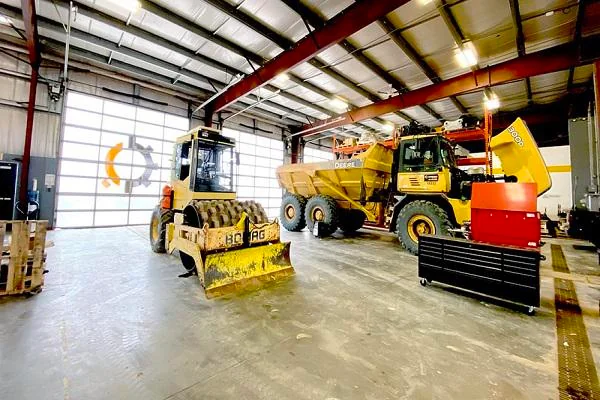Transportation and storage of equipment are not easy processes that entail some planning and acquisition of the right equipment. It is important to handle the equipment to avoid damaging the equipment, and also protect the personnel operating the equipment.
Whether you are moving machinery within a building or from one place to another, some measures can be taken to ease the process. To learn more in detail, keep reading this guide till the end.
Assess the Equipment and Plan Ahead
When planning for the moving process, it is important to determine the size, weight, and dimensions of the equipment. Knowledge of these factors will aid in choosing the correct moving tools and techniques. It also includes surveying the floor and the area that is to be used to ensure that there is no obstruction and to ensure that all doors and corridors are wide to accommodate the equipment.
Choose the Right Moving Tools
The selection of appropriate moving tools is important in ensuring that large pieces of equipment are moved safely. Small movers like dollies, forklifts, hand trucks, and similar equipment are readily available, but for complicated movements, tools such as belt pulleys are very effective. Such tools assist in sharing the load across the surface in order to minimize the chances of getting injured or damaging the equipment

Secure the Equipment Properly
It is also important to ensure that the equipment is well secured when in transport to avoid mishaps. Ensure that the straps, chains, or ropes used are strong enough to lock the equipment on the moving platform securely. Moreover, timber crates can also be employed to provide an additional measure of security for other small parts or delicate components. These crates provide a sturdy and dependable means of storing and transporting articles safely and securely.
Train Your Team
Make sure that all workers who will be used in the transfer process have enough experience in the handling of bulky items. They should know the tools as well as the techniques that are needed for the job. Besides, it is advisable to have a safety briefing before starting the move to help identify any potential risks and achieve consensus.
Monitor and Adjust as Needed
During the moving process, observe the condition of the equipment and make changes accordingly. Look into the securing mechanisms and make sure that they are still tight and secure. In case of any problem or challenge, do not forge ahead without first taking time to evaluate the situation. It is especially effective for reducing accidents and making the moving process as seamless as possible.
Conclusion
Transporting and storing large items involves a lot of planning, and acquiring equipment and sub-human resources that can manage the process efficiently. By evaluating equipment, selecting the right tools for moving, properly protecting objects, and controlling the process, you will be able to avoid dangerous and ineffective moving. Adopting these tips will assist in safeguarding your essential equipment besides ensuring the safety of the workplace.

